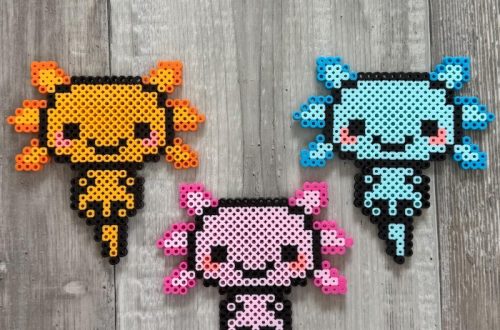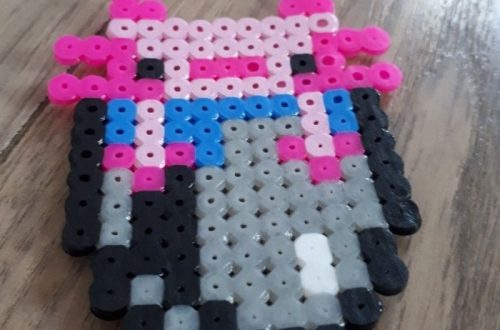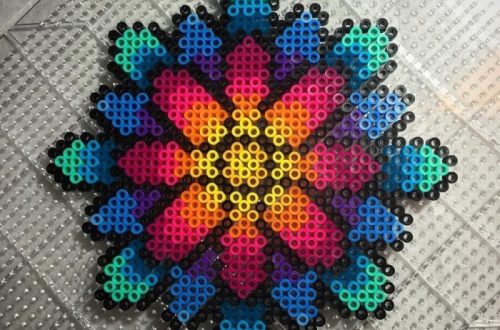Oil pastels are a vibrant and forgiving art medium, perfect for unleashing your creativity without the mess of paints or the finicky nature of pencils. Whether you’re a complete beginner or looking to explore a new artistic avenue, oil pastels offer a delightful introduction to the world of color and expression. This guide will equip you with the basics to get started and create stunning oil pastel art.
Part 1: The Essential Supplies

Oil Pastels:
When selecting oil pastels for your artwork, it’s advisable to begin with a mid-range set comprising approximately 24 colors, as this provides a good spectrum for experimentation and allows for a diverse range of hues to work with. When perusing the available options, opt for brands renowned for their smooth texture and rich pigmentation, as these qualities significantly enhance the drawing experience. Artist-grade oil pastels are particularly recommended for their vibrant colors and blendability, ensuring a high-quality finish in your artwork.
However, for those venturing into oil pastel art for the first time or simply looking to experiment, student-grade sets also offer a great option. These sets are cost-effective and allow artists to explore different techniques and color combinations without the investment required for artist-grade materials. Regardless of the grade chosen, investing in pastels known for their quality and smooth application will contribute to a more enjoyable and rewarding creative experience.
Paper:
Oil pastels require a toothy surface to grip the pigment. Opt for heavyweight (at least 100gsm) paper specifically designed for oil pastels. This prevents the pastels from smudging and allows for better layering. Experiment with different textures – some papers offer a smoother finish for detailed work, while others have a more textured feel for a more expressive style.

Part 2: Mastering the Basics
Layering and Blending:
Oil pastels excel at creating rich, blended colors. Apply light strokes initially, building up layers for deeper tones. There are several blending techniques: use the side of the pastel for large areas, the tip for details, or blend with your fingers for a softer effect. You can also use a blending tool (like a tortillon stump) for smoother transitions.
Light and Shadow:
Mastering the interplay of light and shadow is fundamental in any art form, including oil pastel art. A deep understanding of light and shadow is essential for imbuing artworks with a sense of depth and dimension. By strategically employing lighter colors for highlights and areas exposed to direct light, and darker shades for shadows or areas set in the background, artists can achieve a compelling sense of three-dimensionality and realism in their oil pastel creations.
However, it is equally important for artists to embrace experimentation and creativity when using oil pastels. Don’t hesitate to introduce contrasting colors to your artwork to create dynamic visual effects and make your creation standout. The use of contrasting colors can inject energy and vibrancy into the composition, adding visual interest and making the artwork truly pop. By skillfully utilizing light, shadow, and contrasting colors, artists can infuse their oil pastel artworks with a captivating sense of luminosity, depth, and dynamic visual impact, elevating their creations to new levels of artistic expression.

Part 3: Techniques to Take Your Art Further
Scumbling and Hatching:
Scumbling is a technique that involves applying short, light strokes in various directions to create a textured effect. By layering these strokes, artists can achieve a sense of depth and dimension in their artwork, adding visual interest and creating a captivating surface texture. This method is particularly effective for creating natural textures such as foliage, rough surfaces, or expressive backgrounds, offering a versatile approach to adding depth and detail to the composition.
In contrast, hatching is a technique where parallel lines of varying thickness are used to build tones and create depth. This method allows artists to control the intensity of shading and create a sense of three-dimensionality, making it particularly useful for rendering surfaces with subtle gradations or adding emphasis to specific areas of the artwork.
Both these techniques can be used to create a variety of textures, such as fur, grass, or clouds, and offer artists a dynamic range of options for infusing their oil pastel artwork with depth, visual interest, and expressive textures.
Stencils and Masking:
Stencils allow you to create precise shapes and patterns. Simply place the stencil on your paper and apply color with your pastels. Masking involves covering areas you want to remain uncolored with masking tape before applying pastels. Once you remove the tape, you’ll have crisp edges and defined shapes.

Part 4: Inspiration and Beyond
Finding Inspiration:
The essence of art is its subjectivity, allowing for diverse sources of inspiration. As an artist, one can find creative stimulus by simply looking around and observing the world – be it a radiant sunset painting the sky with warm hues, the endearing antics of a playful pet, or the captivating sight of a cluster of flowers in full bloom. Moreover, exploring online art communities or visiting local galleries can provide valuable insight into how other artists harness the unique qualities of oil pastels in their work. By observing and appreciating the varied techniques and styles, artists can gain inspiration and valuable learning experiences to enrich their own artistic journey.
In the pursuit of creating art with oil pastels, it is important not to be daunted by complexity. Starting with simple subject matters and gradually progressing allows artists to build their confidence and develop their skills at their own pace. This gradual approach not only nurtures artistic growth but also fosters a deep sense of enjoyment and accomplishment in the creative process.
Experimentation and Practice:

Art is a journey of exploration. Don’t be afraid to experiment with different colors, techniques, and subjects. The more you practice, the more comfortable you’ll become with oil pastels and the more your unique artistic voice will emerge. Remember, there are no mistakes in art, only happy accidents!
This guide provides a springboard for your oil pastel adventures. With a little practice and these handy tips, you’ll be creating beautiful and expressive art in no time. So grab your oil pastels, unleash your creativity, and get ready to be amazed by the vibrant world of oil pastel art!





